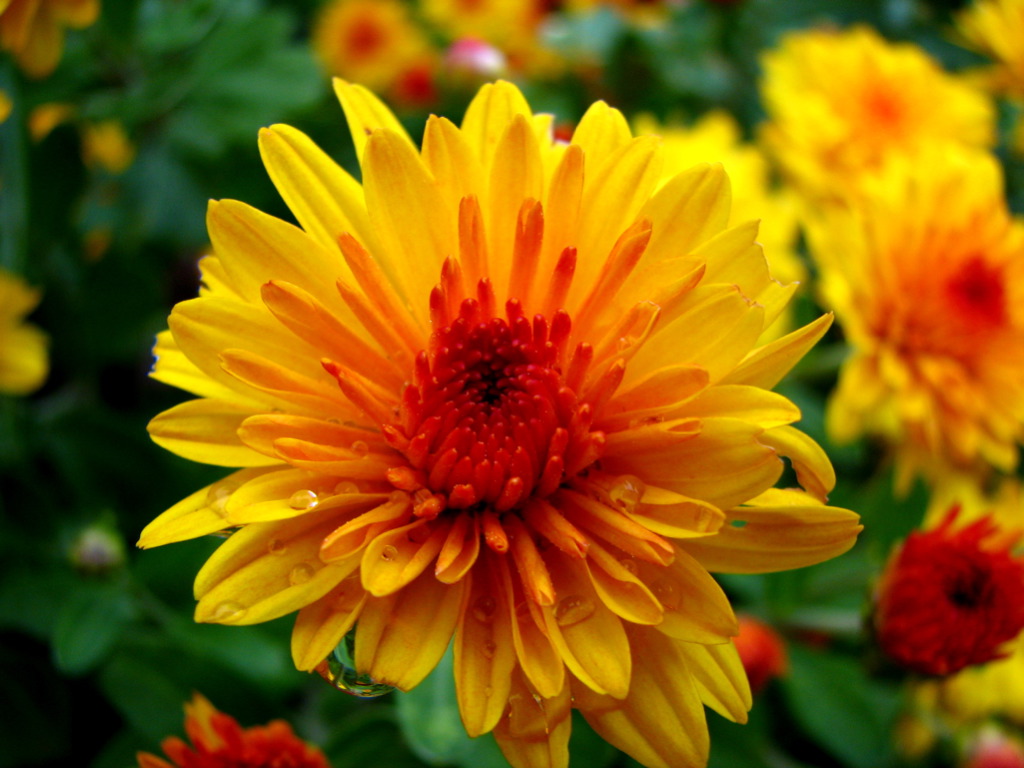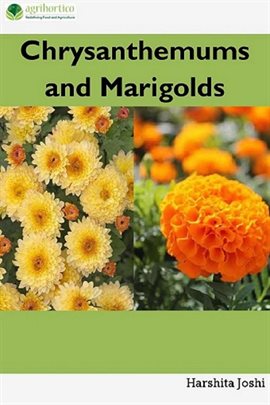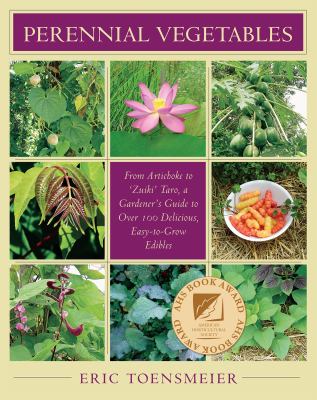 I know fall is close when the chrysanthemums show up for sale, popping their sassy color all over the place. They are a favorite replacement for fading annuals, cone flowers and zinnias that have begun to get a bit raggedy.
I know fall is close when the chrysanthemums show up for sale, popping their sassy color all over the place. They are a favorite replacement for fading annuals, cone flowers and zinnias that have begun to get a bit raggedy.
Did you know you could save your hardy or garden mums through the winter and tend to them so they revive in spring?
While we treat them as annuals, certain plants grow as perennials in their home countries. And while these autumn mums in pots are not necessarily hardy and won’t have a lot of time to settle, with care you can overwinter them. After they have bloomed, trim them back and plant them in an area of your garden with good drainage and protect them from the thaw/freeze cycle of Missouri’s winters. Uncover them in the spring and as they begin to leaf out, pinch the new growth back to encourage multiple blooms or let them grow as nature intended. Missouri Botanical Gardens offers a care sheet with more details.
 I did a bit of a search in our catalog for books discussing overwintering mums. One is “Hibiscus, Lantana, Geranium, Fuchsia, Dahlia, Canna, Crocosmia, Glads, Impatiens, Marigold, many of Salvia, Dianthus and Passion Flower (Passiflora) to find the varieties that have not had their perennial nature bred out of them.
I did a bit of a search in our catalog for books discussing overwintering mums. One is “Hibiscus, Lantana, Geranium, Fuchsia, Dahlia, Canna, Crocosmia, Glads, Impatiens, Marigold, many of Salvia, Dianthus and Passion Flower (Passiflora) to find the varieties that have not had their perennial nature bred out of them.
 You will find additional full-text articles, books and more in EBSCO MasterFILE Premier. Interestingly, I also found that if the article is in a magazine that Flipster provides, there is a link to open the magazine.
You will find additional full-text articles, books and more in EBSCO MasterFILE Premier. Interestingly, I also found that if the article is in a magazine that Flipster provides, there is a link to open the magazine.
As far as vegetables are concerned, you can overwinter common things like peppers, kale, garlic and radicchio as well as less-found plants like turkish rocket and sea kale (both of the Brassicaceae/cabbage family). I’ve personally experienced green and hot peppers and regular-old-garden kale that ‘woke up’ after a Minnesota winter and thrived for a second growing season but of course, these plants were insulated under snow early enough to protect them. I’ve not had the experience here in Missouri to know if it will happen that way again. You can investigate which varieties will perform well in books such as “Perennial Vegetables” by Eric Toensmeier and “How to Grow Perennial Vegetables” by Martin Crawford.
I’m experimenting based on a rumor that nasturtiums, that favorite flower of Sam Gamgee, are herbaceous perennials that die back in Fall and then reappear on the same root system in Spring — just because I read it on the internet doesn’t mean it’s true. The happy nasturtiums in my garden will be tucked away with the kale and the mints with hopes to see them again! I had to turn to the internet to find the variety I wanted and I got a late start this year. It would be nice to have these live to grow another season. What is your experience? Am I unwise to try?
Image credit: Mums and Drops, Audrey via Flicker (license)


